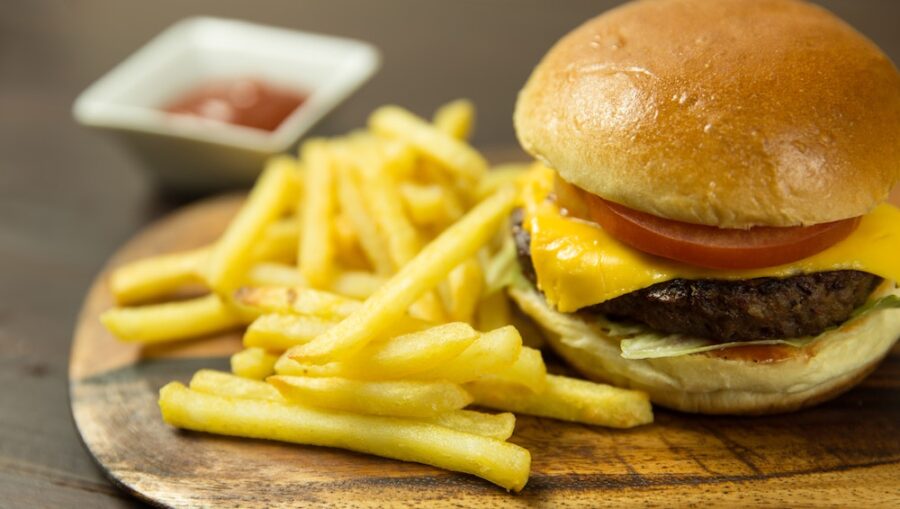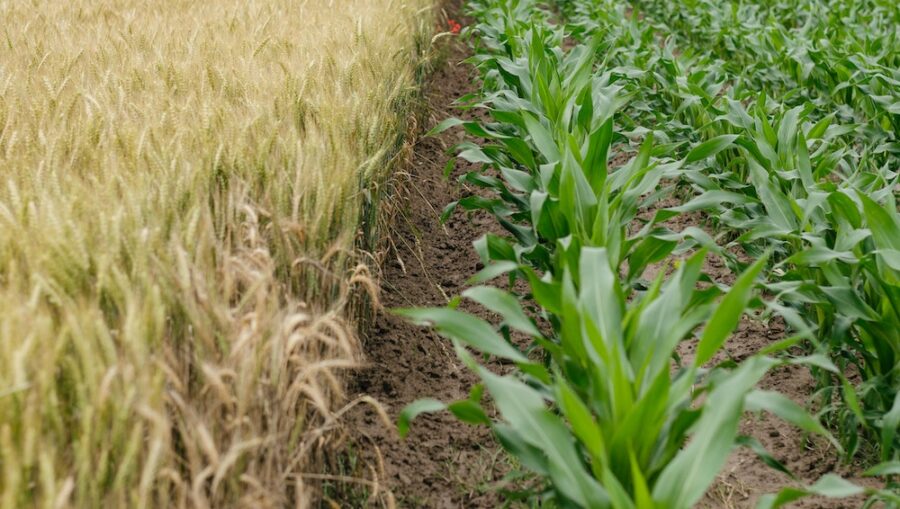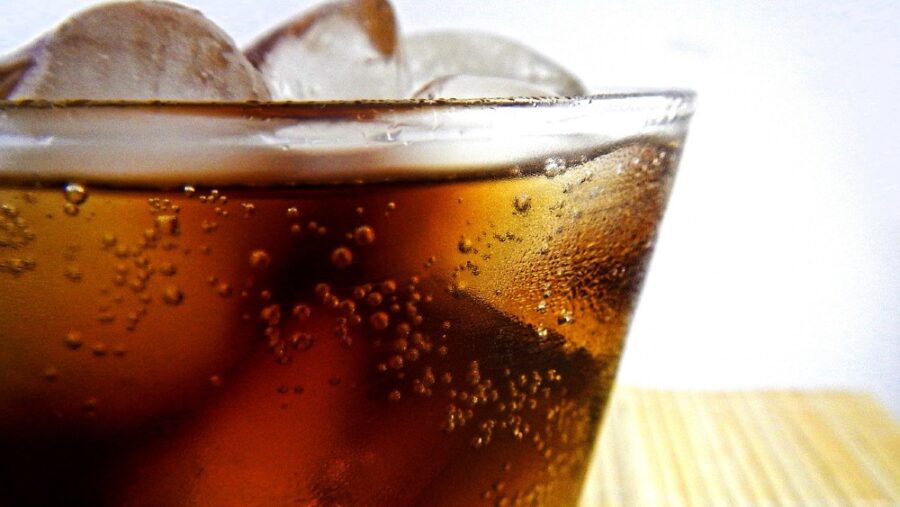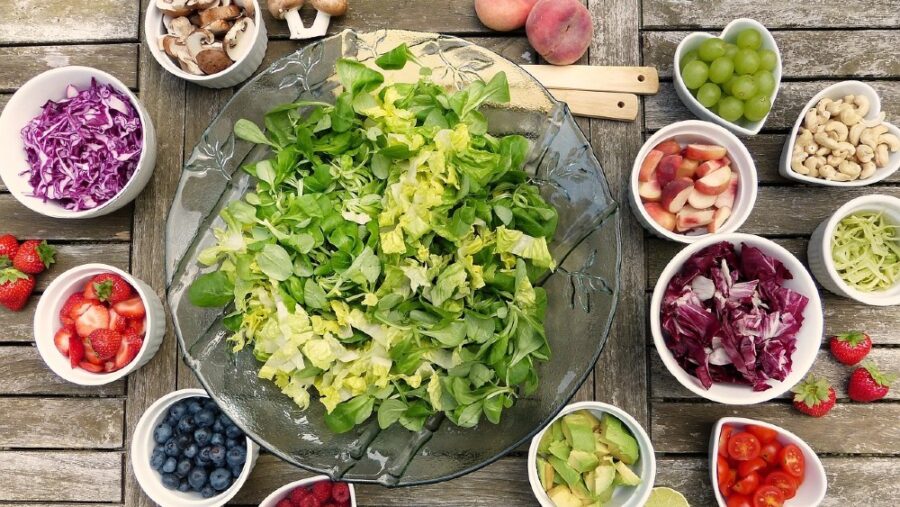Your Favorite Foods Are Pre-Digested, According To Research

Whenever you tear open a new bag of potato chips or chocolate chip cookies, you might be preparing to dine on a snack that has already gone through the process of digestion. Pre-digested food might conjure up some pretty unsettling images, but it’s nothing more than pure science. Many food manufacturers are using a chemical process called hydrolysis to create edibles that are cheaper, tasty …. and maybe not great for human health.
The Science Behind Pre-Digested Food

To stretch the amount of ingredients to the maximum, food producers are taking core crops like potatoes and corn and disassembling them to their most basic molecular structures. The starches, fats, proteins, and oils that now appear are in the form of a slurry. This slurry is then flavored and molded into your favorite treats, in the form of a pre-digested food.
Similar To The Digestion Process

Hydrolysis is considered the same as digestion because of the process that the food product undergoes during this chemical reaction. In normal digestion, water is used to break down the complex compounds, reducing the starches, fats, and proteins into singular molecular structures that make it easier for your body to continue processing. Hydrolysis in a food laboratory does the same thing, breaking down those same compounds before the finished product even touches your lips.
Pre-Digestion Consequences

Other than sounding a little unsettling, this process of food production has some pretty serious consequences. Consuming food that has been constructed using hydrolysis is believed to slip past the sensors your body has that signal your brain that you’re getting full. That is maybe why it’s so easy to overeat items like processed potato chips, sodas, crackers, and cookies. The human body will quickly digest foods that are pre-digested in a manufacturing plant. Medical experts caution that this is not how the human digestive system was engineered to work, and that’s another reason why it’s so easy to overindulge when it comes to foods that are ultra-processed.
A Growing Concern

But just how common are these pre-digested foods? Industry experts point to a recent study by Northeastern University’s Network Science Institute that revealed that as much as 73 percent of the food supply in the United States is ultra-processed. To achieve its results, the institute examined the contents and the processes behind more than 50,000 foods from grocery retailers.Though having pre-digested food does mean a longer shelf life, there are methods that can greatly prolong the safe use and nutritional quality of healthier foods. Canning, freeze drying, and vacuum packaging go a long way in protecting the foods that are better for our bodies. But these methods come at a higher expense, driving many food producers to use hydrolysis.
Fresh Is Best

With so many food choices out there, particularly in the snack aisles, how can consumers who want to avoid predigested foods be more cautious about their selections? The Cleveland Clinic warns that even though ultra-processed foods have better shelf-stability, they often contain ingredients that can be harmful to the body in quantities outside of moderation. Medical professionals recommend avoiding chips, chicken nuggets, and hot dogs in favor of fresh (or canned) fruit and vegetables, nuts, and beans.












